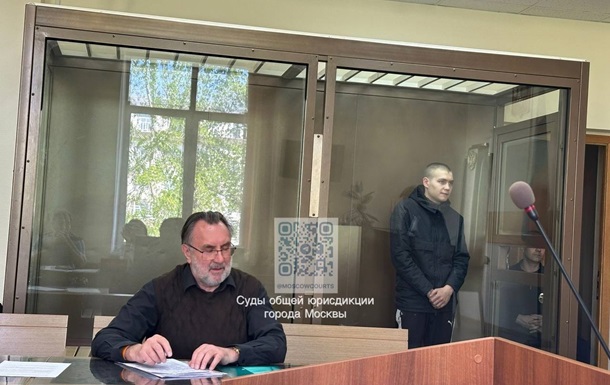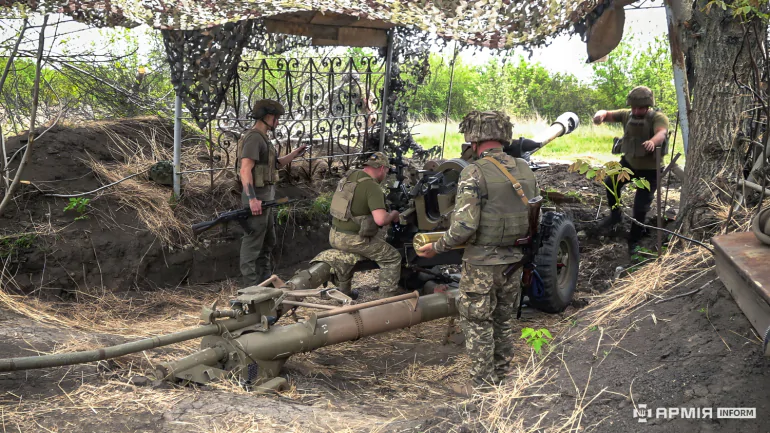Modern construction works cannot be presented without the main element - concrete. No construction will be considered complete and complete without the use of this irreplaceable raw material.
Composition
Concrete is a building material obtained in the process of solidification of a mixture of mineral components and water. As fillers, gravel and sand are most often used - inert substances that do not enter into a chemical reaction with other components, thanks to which they provide strength and a certain structure.
The binder is often cement, for certain purposes it is replaced by gypsum, silicate, asphalt, polymers, ground slag and alkaline solutions.
For modifying properties and improving characteristics in concrete http://www.kalenyk.com.ua/rastvory/beton additional additives or impurities are used. Such concretes are called special.
In terms of its main characteristics — hardness, fragility, high compressive strength, concrete is similar to other building materials — stone and ceramics.
History
Variety and classifications
Today, it is one of the most common building materials that are used to solve various problems. This is facilitated by a large number of varieties of concrete, which differ from each other in certain parameters and properties and have their own purpose. The first are widely used for the construction of many structures and foundations. As mentioned earlier, in situations where some specific characteristics are necessary, special concretes with impurities are used, for example, heat-insulating, hydraulic, road (asphalt concrete is used in the construction of road surfaces), acid-resistant.
Depending on the filler, special, porous, and dense concrete are distinguished. Taking into account the internal structure, large-celled, cellular, porous and dense are distinguished. The coarse-mesh type is achieved by mixing a coarse porous filler and a small amount of cement, i.e. voids are not completely filled. The main component of aerated concrete is air, which is created artificially as a result of the action of a gas or foaming agent. A porous concrete is one in which the space between local aggregates is filled with a porous binder. When the space between the aggregates is completely occupied by the binder, it is called dense concrete.
The material is divided by density:
– very light (less than 500 kg/m3) — designed and constructed for thermal insulation of facades;
– light (from 500 to 2200 kg/m3) — for the production of panels, overlapped and wall blocks;
– heavy (from 2200 to 22500 kg/m3) — used for making foundations and structures from reinforced concrete;
- very heavy (more than 2500 kg/m3) - used in nuclear power plants.
And by the method of hardening:
– in natural conditions;
– under conditions of atmospheric pressure and heat treatment;
- autoclave hardening.


 748
748












